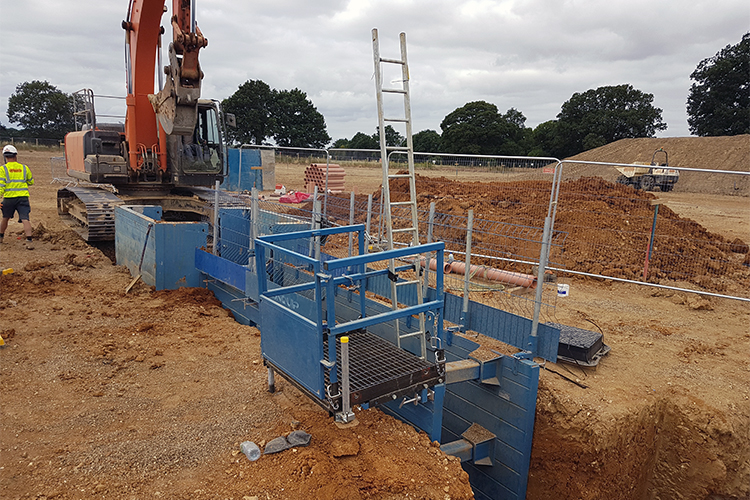Feeling under pressure about your upcoming excavation? We understand. A lot goes into ensuring that an excavation site is safe, and digging is even feasible, way before anyone even steps foot on the soil. So, what should you expect when excavating a trench?
Quick Read
Ground Investigation
What is Ground Pressure?
Key Risks of Trench Excavation
Good Trench Practice
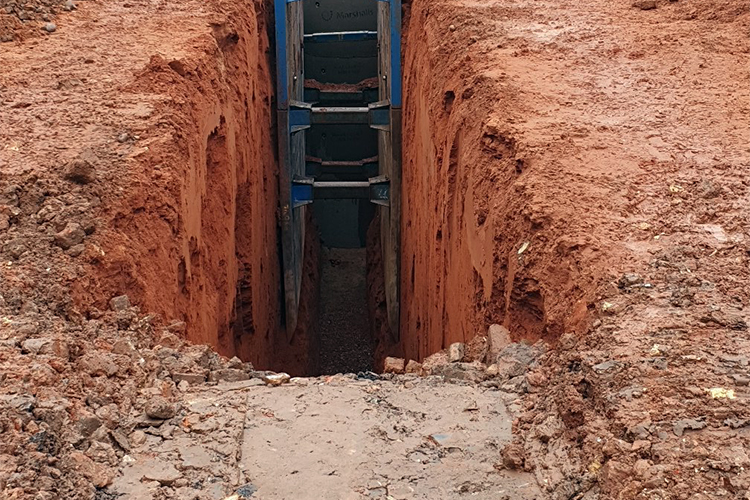
Ground Investigation
There are a lot of questions to ask in the initial process leading up to excavation, which should all be identified in the first ground investigation report. Firstly, soil testing is required to assess the ground conditions. This will determine what the foundations are made up of, for example ‘made ground’, clay or dense sand. These investigations will be carried out using windowless sample boreholes and deep boreholes to determine what the soil is comprised of. Trial pits and trenches can confirm the stability of the ground and the groundwater levels will be documented.
Some key questions to identify are:
- Is dewatering required?
- Is piling or ground improvements necessary?
- Should I use suspended floor slabs?
- Are strip or trench fill foundations possible?
- Is the soil contaminated?
- Are there any underground structures and / or water courses?
- Are there any existing services located around the area?
All these considerations must be factored into the planning and preparation stage of excavation before the work can even begin. This is to ensure the absolute safety of all site workers, neighbours and passers-by.
DID YOU KNOW?
Underground and overhead services can present a fire, explosion, electric or other hazard. A thorough investigation will assess and manage the potential risks implicated.
What is Ground Pressure?
Ground pressure is the stress placed upon the earth by tires or tracks of vehicles, the potential mobility of the soil and even the impact of walking across it.
A busy and bustling site involves a lot of movement, plant and additional pressure from materials. Which is why it’s important to consider the ground conditions prior to work taking place to ensure the health & safety of everyone on site.
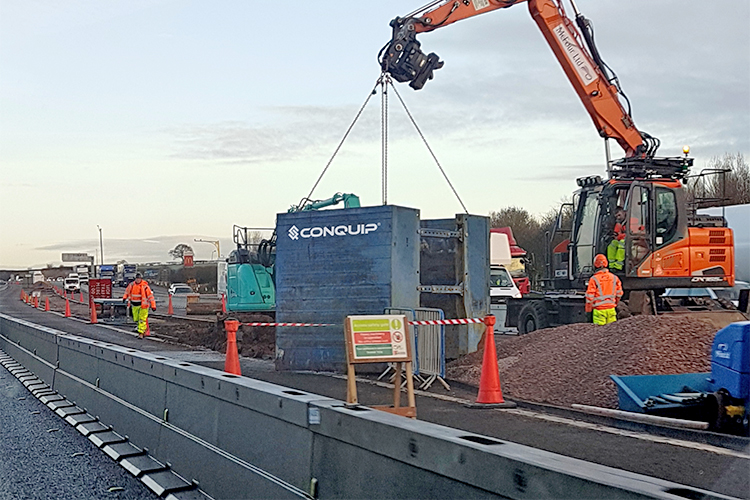
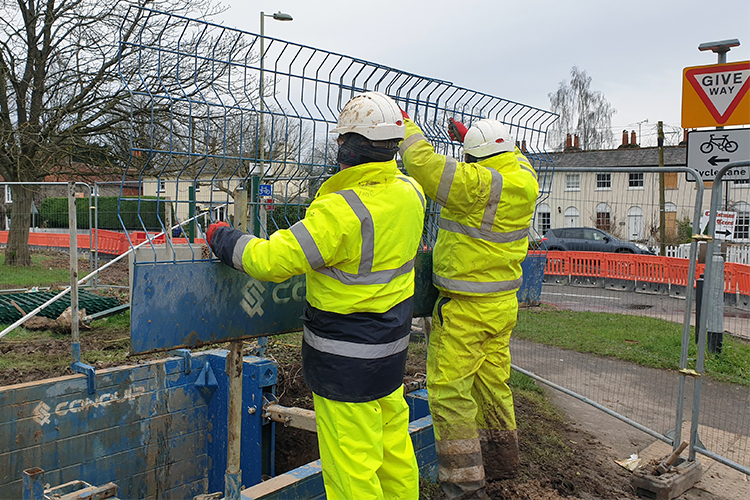
Key Risks of Trench Excavation
When it comes to trench excavation, there are several potential issues to consider and make sure there are preparations in place to avoid these from occurring or causing serious harm.
01/ The collapse of excavations.
02/ Falling or dislodging of material from the sides of the trench.
03/ personnel or plant falling into excavations.
When it comes to trench excavation, there are several potential issues to consider and make sure there are preparations in place to avoid these from occurring or causing serious harm.
DID YOU KNOW?
A cubic metre of soil can weigh in excess of 1.5 tonnes (depending on the conditions). Remember: no ground is reliable enough to stand unsupported in any circumstance.
Avoiding Excavation Collapse
Before digging any trench pit, tunnel or other excavation, consider what temporary support is required. What precautions need to be taken?
- Make sure supporting equipment such as trench sheets or props are on site before work begins.
- When battering excavation sides, for granular soils the slope’s angle should be less than the angle of the material. For wet ground, a considerably flatter slope is recommended.
- Is extra support required for the structure? Get a foundation survey or speak to a structural engineer for guidance.
- Take into consideration the ground pressure. Trenches are more likely to collapse from plant or vehicles placed too close to the excavation sides.
- Dig well away from adjacent structures to avoid undermining them.
Prevent Personnel or Plant Falling in
A full safety support system should be in place surrounding the trenches to prevent personnel falling in.
- Extend trench sheets outwards or use Trench Box extensions longer than the trench depth to protect from falling materials. This can also prevent workers from accidentally falling in the trench.
- Extra protection equals Edge Protection. Systems with toe boards that can be fitted to the sides of the trench box are ideal.
- Incorporate an Access Platform and Trench Access Ladder. This ensures there are no openings along the edge of an excavation, and personnel can get in and out safely.
- Invest in a Fall Arrest System to provide a suitable means of rescue for workers in trenches or confined spaces.
- Keep plant a safe distance away from the trench sides to avoid collapse from the weight of vehicles and other heavy machinery altering the ground pressure.
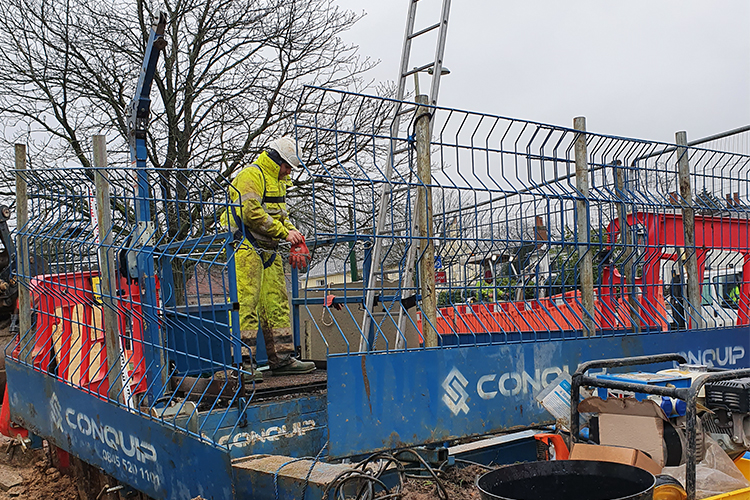
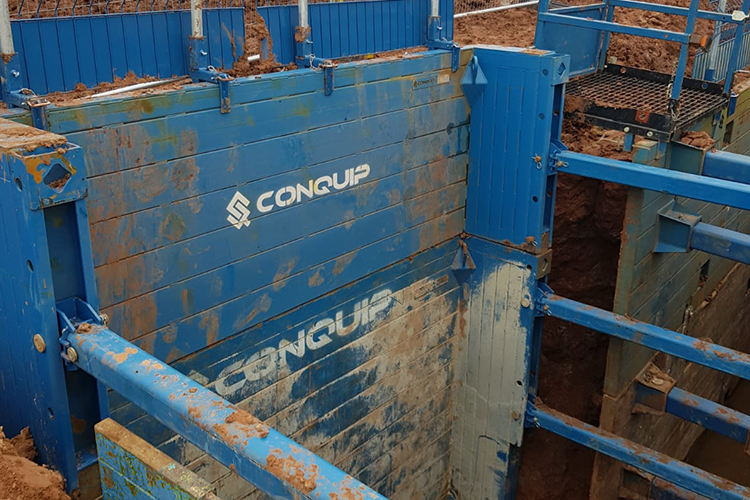
Good Trench Practice
There’s a lot to expect before, during and after an excavation. Make sure someone who fully understands the hazards, risks and necessary precautions inspects the excavation at the beginning of every shift. This inspection also needs to occur after any event that affects the strength and stability of the ground, such as falling of material or poor weather conditions. Keep a detailed record of this for everyone involved to be aware of as you move forward.
So what does good trench practice really look like? Battered sides, guard rails, trench sheets, ladder access and supported services… it’s all important when digging excavations. However, nothing can even leave the ground (literally) without a thorough ground investigation and contractors following surveyors’ key instructions prior to excavation.
How can we help on your project?
We partner our customers right from preconstruction stage through to tender and delivery. We offer temporary works calculations and reports in line with what is required at each stage of your project. We look forward to discussing your next trench excavation project.
Want to get started? Speak to one our specialists…
Call | 0300 300 3470
Email | sales@cqegroup.com
